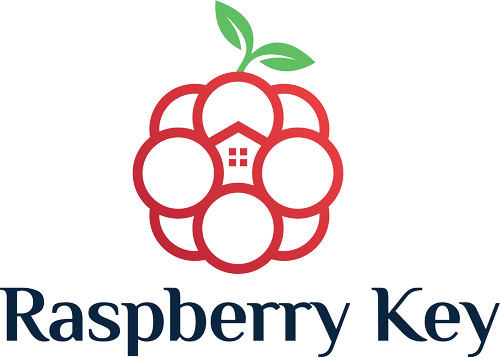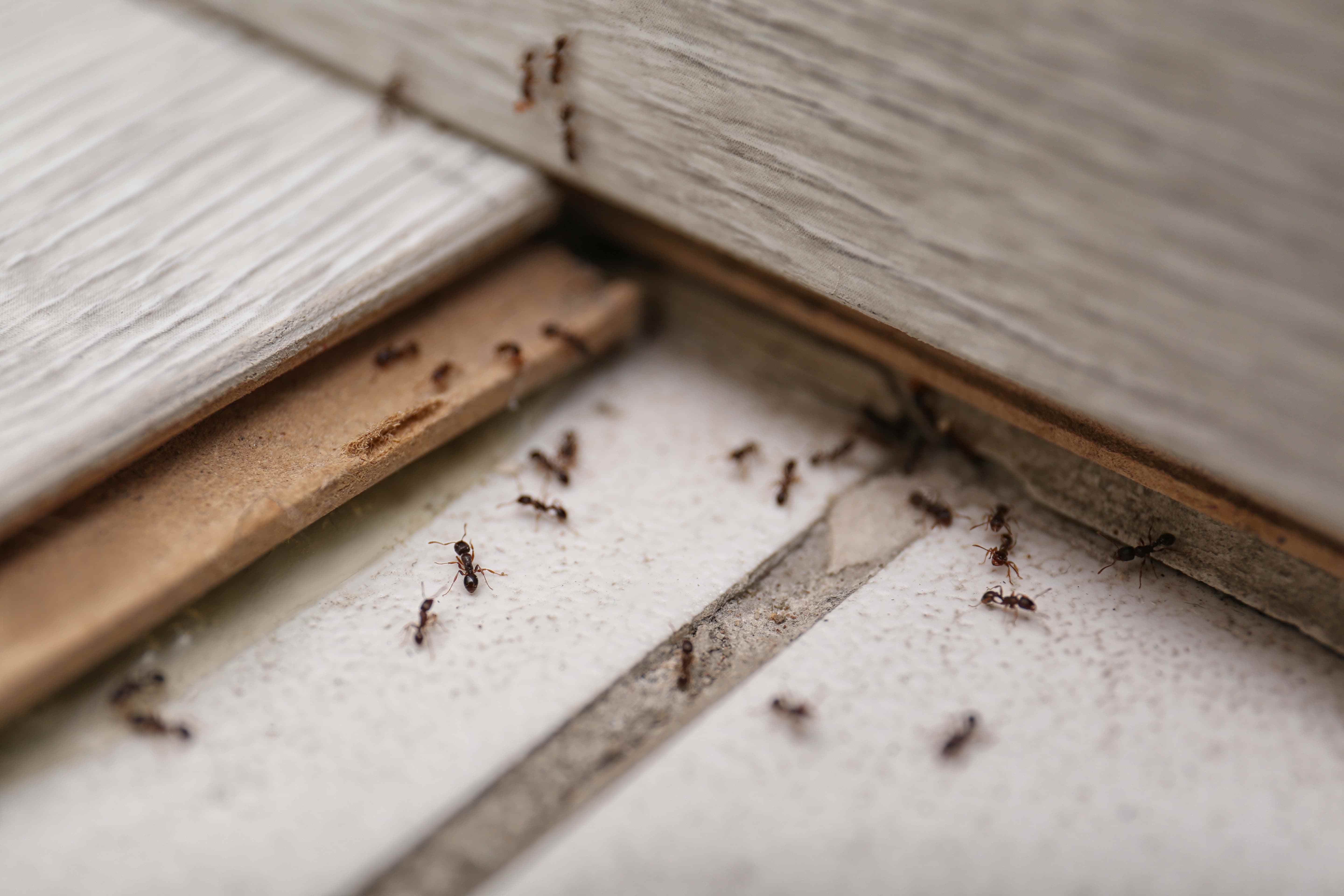Pests pose a significant challenge for landlords and tenants alike. These unwanted guests can damage property, spread diseases, and cause discomfort and anxiety. Whether it’s an infestation of cockroaches, ants, mice, or other critters, dealing with pests in rental properties requires prompt and effective action.
Prevention: The First Line of Defense
Prevention is the best way to keep pests out of your rental property. By taking proactive measures, you can minimize the risk of infestations and protect your investment. Here are some essential prevention strategies:
-
Regular Maintenance and Inspections: Conduct regular inspections of your property, both inside and out, to identify potential pest entry points. Seal cracks and crevices, fix leaks, and trim overgrown vegetation around the building.
-
Proper Sanitation: Maintain a clean and clutter-free environment. Regularly remove trash, clean spills promptly, and store food in airtight containers. Avoid leaving pet food or water bowls out overnight.
-
Proper Waste Management: Ensure proper disposal of waste. Use tightly sealed trash cans and keep them away from the building. Regularly clean garbage disposal units and drains to eliminate food scraps and odors.
-
Pest-Proofing Measures: Install weather stripping and door sweeps to seal gaps around doors and windows. Use screens on windows and vents to prevent pests from entering.
-
Tenant Education: Inform tenants about pest prevention practices and encourage their cooperation in maintaining a clean and pest-free environment.
Identification and Intervention
Despite preventive measures, pest infestations can still occur. It’s crucial to identify and address pest problems promptly to prevent further damage and health concerns.
-
Early Detection: Be vigilant in monitoring signs of pests. Common indicators include droppings, gnaw marks, nests, unusual odors, or sightings of live pests.
-
Professional Pest Control: For significant infestations or persistent pest problems, consider hiring a licensed pest control professional. They can assess the situation, recommend appropriate treatments, and implement effective pest elimination strategies.
-
Communication and Collaboration: Maintain open communication with tenants about pest issues. Work together to address the problem promptly and effectively.
Tenant Responsibilities and Landowner Obligations
Both tenants and landlords play a role in pest management in rental properties. Understanding their respective responsibilities is essential for effective pest control.
Tenant Responsibilities:
- Maintain a clean and sanitary living environment.
- Report any signs of pests to the landlord promptly.
- Cooperate with pest control measures implemented by the landlord.
- Avoid activities that attract pests, such as storing food improperly or leaving pet food out overnight.
Landlord Obligations:
- Maintain the property in good repair to prevent pest entry points.
- Respond promptly to tenant reports of pest problems.
- Implement appropriate pest control measures or hire professional services when necessary.
- Comply with local regulations regarding pest control in rental properties.
Conclusion
Pest infestations in rental properties can be a source of stress and inconvenience for both landlords and tenants. By implementing preventive measures, promptly addressing pest problems, and maintaining open communication, both parties can collaborate to create a pest-free living environment. Remember, prevention is key, but prompt intervention is crucial to eliminate pests and protect your property.
Give us a call at +44 151808 1206 / +353 1 525 2353 for a FREE 30 minute consultation on how you can manage your property effectively.






 Website By Splash
Website By Splash